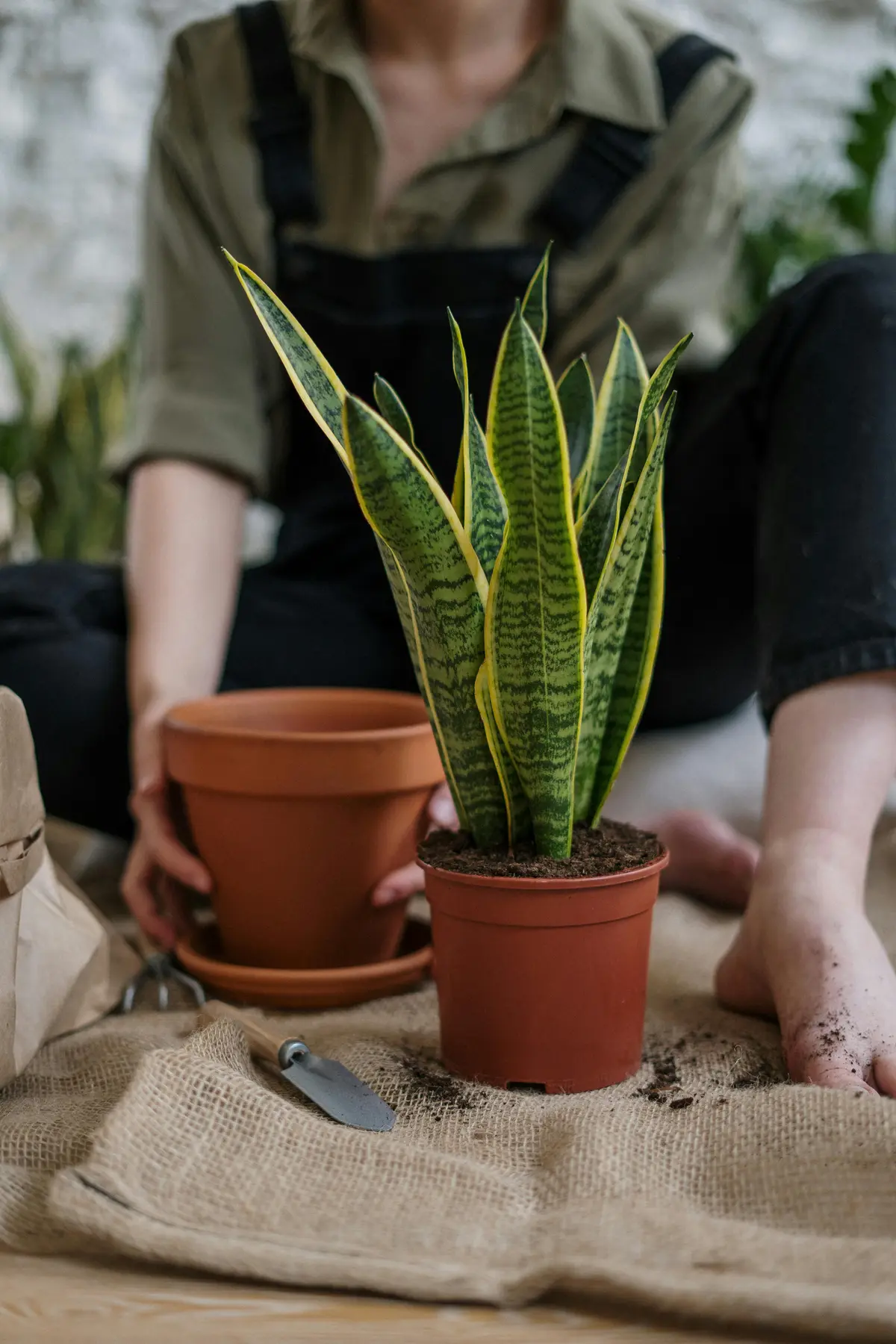Most people think of lovely flowers or lush green foliage when they think of houseplants, and they probably view succulents like it as just another foolproof indoor plant. But here’s the thing — Sansevieria, also known as snake plant or mother-in-law’s tongue, is not your average plant. Yes, it is easy to take care of, but there’s so much more to this resilient beauty than meets the eye!
What’s Sansevieria, and Why Do You Need to Know About It?
Sansevieria, scientifically called Sansevieria trifasciata, has its origins in West Africa. It belongs to the Asparagaceae and is best recognized for its upright, sword-shaped leaves that are lime green and yellow. Also known as a “snake plant” or “viper’s bowstring hemp,” this plant is favored by plant enthusiasts because of its resiliency and the fact that it can pretty much grow anywhere.
But what you may not know is that it’s not just for show. Sansevieria is one of the strongest oxygen-producing plants. Yes, you heard that right! Most plants produce oxygen during the daytime, but its does so even at night. That’s what makes it an excellent device for filtering and improving its quality for your home or office—it’s pretty but practical.
The many Reasons to have Sansevieria at Home
Improves Indoor Air Quality
Sansevieria is one of the best air-purifying plants; it cleans the air and eliminates toxins like formaldehyde, benzene, and xylene. It’s like having an all-natural air purifier that doesn’t require filters or electricity!
Very Low Maintenance
Sansevieria is a dream if you’re a plant beginner or if you travel a lot. It doesn’t need a lot of water — in fact, it loves to dry out between waterings — so the plant is great for forgetful plant owners.
Versatile Decor Piece
The modern, upright shape of the Sansevieria will be a glamorous addition to any room. Whether in a modern living room or cozy office nook, it’s right at home and adds a pop of greenery.
Perfect for Low Light Areas
Unlike most plants, Sansevieria is tolerant of low-light areas and indirect sunlight. This makes it great for spaces without lots of natural light (like a bathroom or that home office).
How to Grow and Care for Sansevieria
Light: Sansevieria will tolerate low light, but for best results, place it in indirect light.
Watering: Water only when soil is dry to the touch. Overwatering is one of the most common mistakes, so be careful.
Temperature: This succulent prefers warm climates but can withstand a variety of temperatures.
Soil: Well-draining potting soil is essential to avoid root rot. They do great in cactus or succulent mixes.
General Misconceptions About Snake Plants
Myth: It is poisonous to pets!
It is true that Sansevieria does contain saponins (which can cause digestive distress if consumed by pets); however, this houseplant is not typically recognized as high-risk. You’ll want to keep it away from any inquisitive pets, but it’s far from being the most dangerous plant in your home.
Sansevieria Myth: It Never Flowers. One common myth about Sansevieria is that they do not bloom.
Sansevieria isn’t likely to bloom indoors, but it can produce small, fragrant flowers if you’re growing it under the proper conditions. You might get lucky and get a nice floral display — very hit or miss!
Here’s Why You Need a it in Your Plant Collection
Sansevieria isn’t your average look-pretty houseplant — it’s an air-purifying, low-maintenance powerhouse that can adapt to almost every room. No, it’s no wonder that it is a favorite with both new and old gardeners, being easy to care for. And its good looks blend with any decor style.



